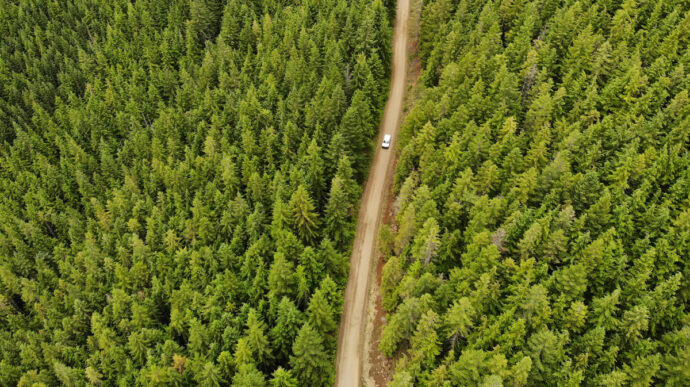Why is Wood Superior to Concrete and Steel?
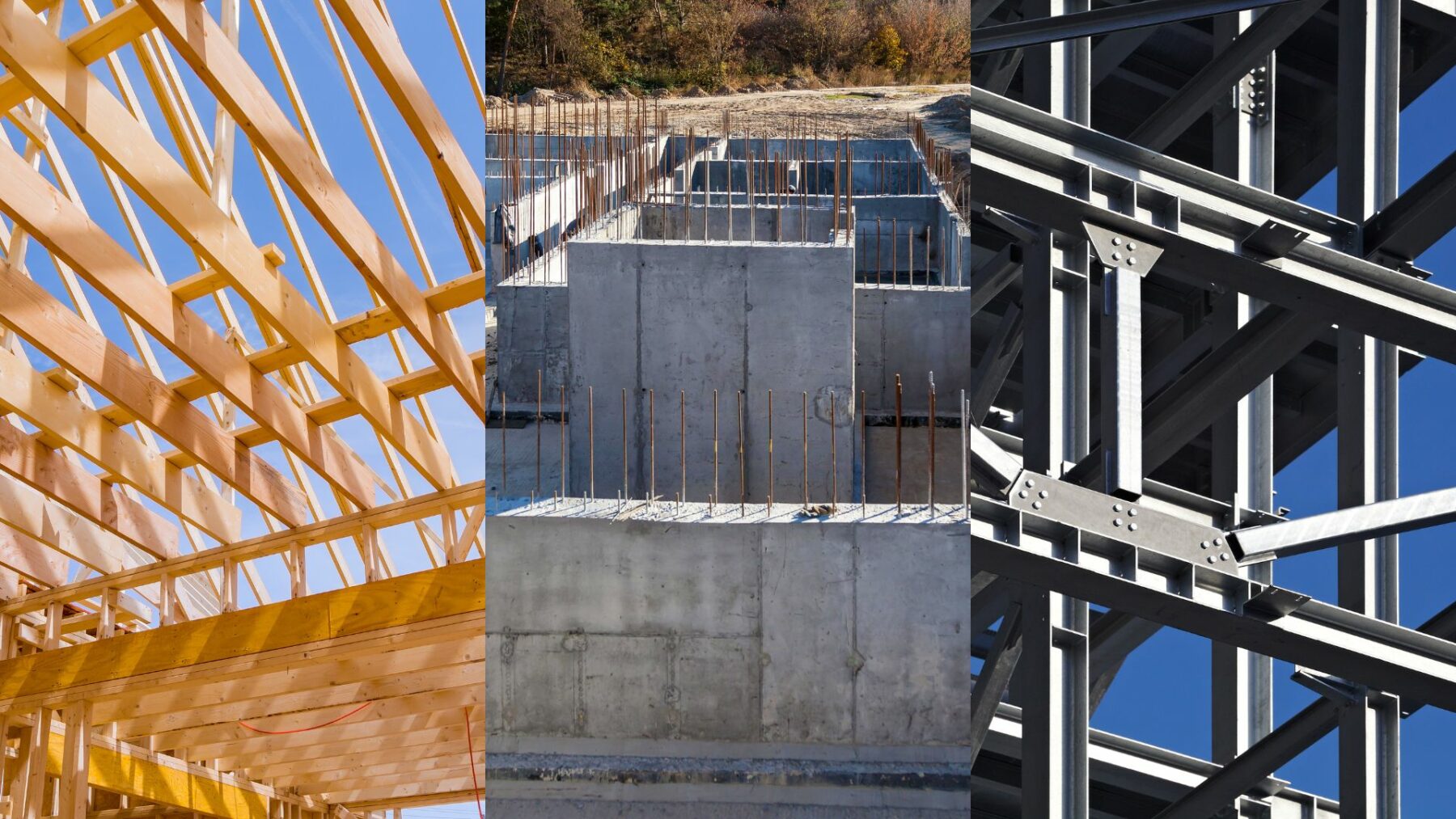
Wood, as a timber material, is at the forefront of sustainable construction, offering a blend of affordability, lightweight design, and ease of use unlike its counterparts, concrete and steel. Its resurgence in the construction industry underscores wood's low carbon footprint and its pivotal role as a sustainable building material, in stark contrast to the environmentally costly production processes of modern materials.
Incorporating timber into construction not only accelerates project timelines through the prefabrication of wood pieces but also contributes to significant supply chain improvements and potential savings. The broad availability of lumber construction expertise and the faster learning curve for woodwork skills compared to concrete work enhance wood’s appeal as a versatile and environmentally friendly choice for future housing needs, acknowledging the looming global population growth.
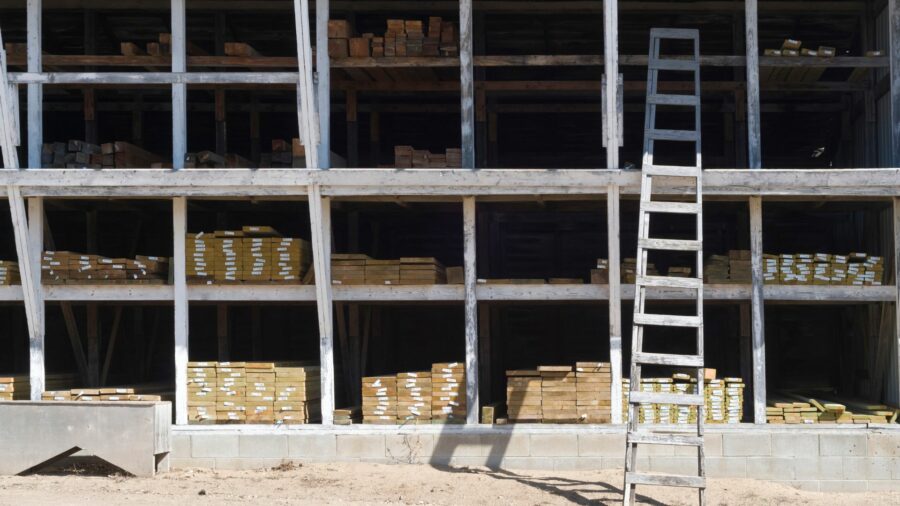
Environmental Sustainability
In assessing the environmental sustainability of wood compared to concrete and steel, several key points emerge:
- Energy and Resource Efficiency: Wood demands less energy from harvest to manufacturing, uses less water, and generates less air pollution than its counterparts, concrete and steel. Notably, the production process of wood emits significantly less CO2, and it uses fewer natural resources while releasing fewer contaminants into the air and water.
- Carbon Footprint and Greenhouse Gas Emissions: Wood acts as a carbon sink, storing carbon and thereby reducing the amount of CO2 in the atmosphere. In contrast, the production of concrete and steel releases large amounts of CO2. Wood construction offers lower greenhouse gas emissions, with a University of Washington study highlighting that a hybrid, mid-rise, CLT commercial building represented a 26.5% reduction in global warming potential.
- Renewability and Environmental Impact: Wood is a renewable resource that can be grown and regrown through natural processes and forestry management programs. It is also biodegradable, decomposing much more quickly than materials like concrete, metal, and plastics, thus replenishing the soil. In contrast, while steel is highly recyclable, and precast concrete offers certain environmental advantages, the overall environmental benefits of wood, including its role in absorbing carbon, producing less waste, and offering greater energy efficiency, stand out.
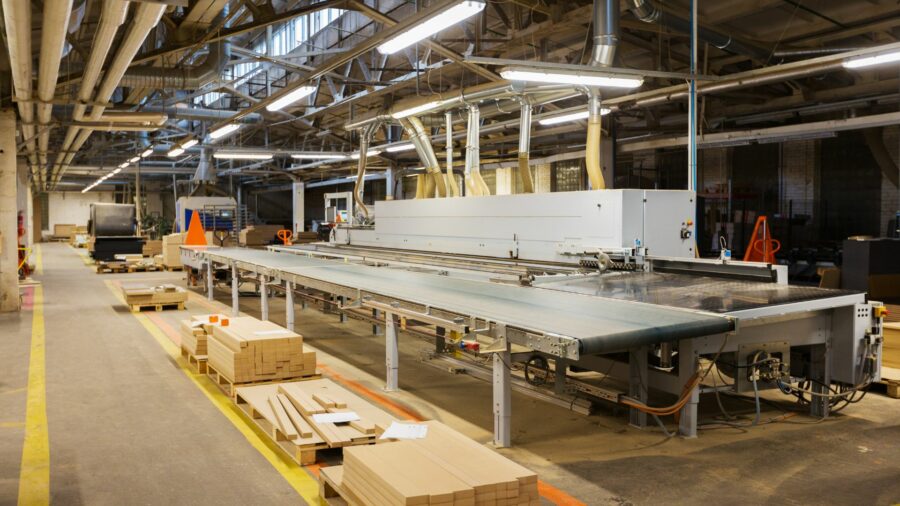
Cost-Effectiveness and Installation Efficiency
When comparing the cost-effectiveness and installation efficiency of wood, steel, and concrete, several key distinctions emerge:
- Initial Construction Costs and Installation Speed:
- Wood structures often benefit from lower initial costs and faster installation due to their lighter weight and ease of adaptation on-site.
- Steel, known for its speed and efficiency in construction, can be erected very quickly, usually within 1-2 weeks, thanks to prefabrication techniques.
- Concrete construction, on the other hand, is more complex and time-consuming, requiring specialized labor, which can increase project timelines.
- Maintenance and Long-Term Costs:
- Timber, when properly protected, has significantly lower maintenance costs, with annual expenses ranging from 0.1% to 2.5% of the initial construction costs.
- Steel buildings, while having little maintenance over their lifetime, offer substantial savings compared to wood, particularly due to their durability and lower labor intensity.
- Environmental and Economic Advantages:
- Wood's adaptability and lower energy production requirements make it a sustainable choice, further supported by the opportunity for off-site prefabrication, which reduces waste and construction time.
- The use of reclaimed wood presents an economically cheaper option, contributing to the cost-effectiveness of timber as a construction material.
These comparisons underscore the unique advantages and considerations of each material, highlighting the importance of project-specific requirements in choosing the most cost-effective and efficient option.
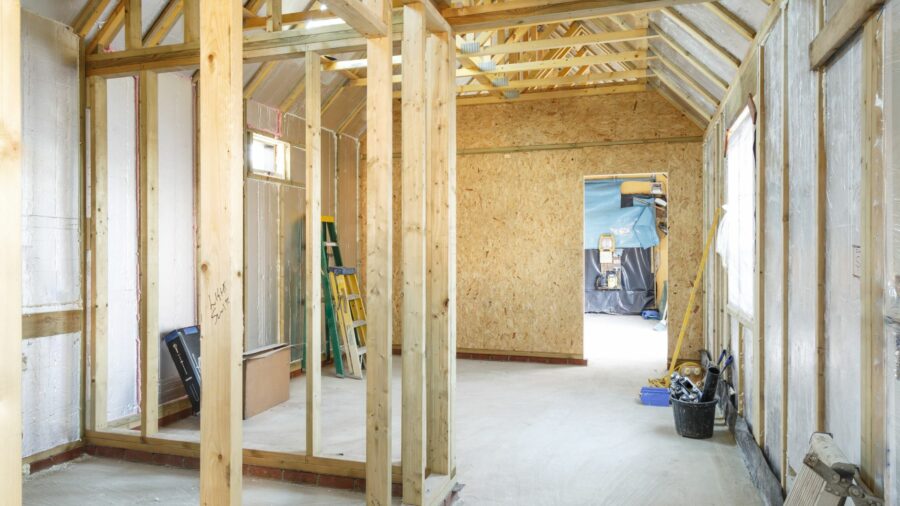
Durability and Maintenance
Durability and Maintenance
Wood:
- Maintains dimensions and stability under heat, crucial for fire safety, with charring properties that enhance performance in fire situations.
- High strength-to-weight ratio and durability, allowing structures to last generations.
- Susceptible to shrinkage, swelling, and deterioration from both biotic and abiotic agents, requiring proper maintenance to prevent damage.
Concrete:
- Extremely durable and low maintenance, resistant to rust, rot, and fire.
- Strong in compression but can develop cracks and lose strength due to shrinkage.
- Robust and durable with thermal mass benefits, yet maintenance needs may arise from environmental exposure.
Steel:
- Known for excellent durability and strength, resistant to wind, rain, mold, and seismic activities.
- Requires maintenance to prevent corrosion, especially if not galvanized.
- Despite resistance to rot, mold, and termites, steel structures may need painting or other maintenance in certain environments.
Aesthetic and Health Benefits
Wood's inherent qualities not only contribute to its structural integrity but also offer significant aesthetic and health benefits, making it a superior choice for construction and interior design:
- Aesthetic Diversity and Warmth:
- Each wood species presents unique colors, grain patterns, and textures, providing unparalleled aesthetic diversity for architectural and interior design applications.
- The natural warmth of wood, both visually and to the touch, enhances the comfort and appeal of living spaces, making it a preferred material for doors, windows, and furniture.
- Health and Comfort Benefits:
- Wood contributes to healthier indoor environments by regulating humidity levels—absorbing excess moisture and releasing it when the air is dry.
- Exposure to wooden interiors is linked to reduced stress levels, as evidenced by a drop in cortisol, and improvements in mood and cognitive performance.
- Energy Efficiency and Sound Absorption:
- The cellular structure of wood provides higher insulation ratings than steel or plastic, reducing energy requirements for heating and cooling.
- Its sound absorption properties minimize echo, making wood ideal for quiet and comfortable living or office spaces.
These attributes underscore wood's role not just as a sustainable building material but as a contributor to well-being and aesthetic quality in built environments.
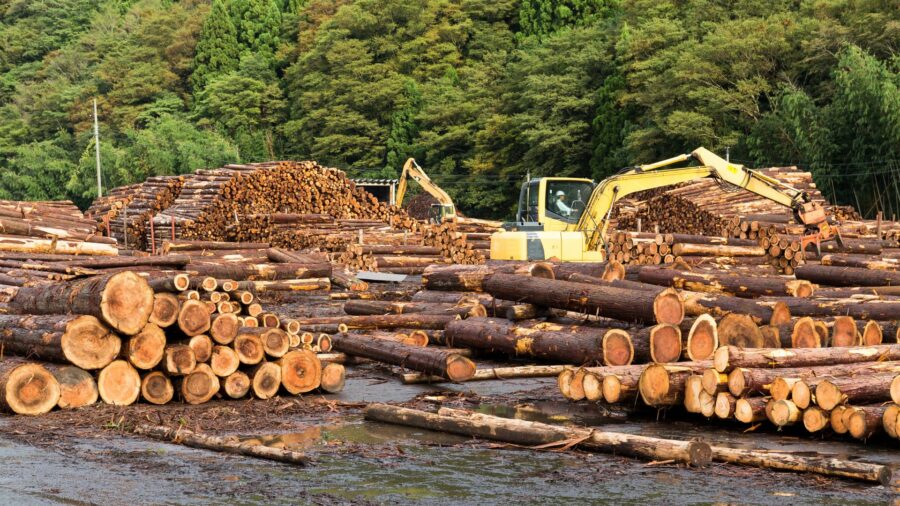
Conclusion
Through a comprehensive examination of the various dimensions, including environmental sustainability, cost-effectiveness, installation efficiency, durability, and aesthetic benefits, wood has demonstrated unparalleled attributes compared to conventional building materials like concrete and steel. Its superior sustainability, marked by a significantly lower carbon footprint and renewability, parallels its cost and installation efficiencies, offering both economic and environmental advantages. The examination underscores wood’s potent role in mitigating climate change effects while meeting the construction industry's demands. Furthermore, wood's aesthetic and health benefits enrich the built environment, enhancing the quality of life for inhabitants.
As we look toward future construction practices and architectural designs, the findings advocate for a more pronounced integration of wood in structural applications. They signify a turning point in addressing the global challenge of sustainable development. By considering the broader implications of these benefits, stakeholders are encouraged to leverage timber’s potential more robustly. This shift not only promises a reduction in greenhouse gas emissions and resource consumption but also paves the way for healthier, more efficient, and aesthetically pleasing living spaces. Consequently, the momentum towards adopting wood as a primary material in construction should be accelerated, ensuring its benefits are fully realized within our ecosystems and societies.
FAQs
Why Choose Wood Over Concrete and Steel?
- What makes wood a preferred building material compared to concrete and steel?
- Wood's tensile strength is a standout feature, as it has a high breaking length, meaning it can support its own weight better than steel. This characteristic allows for the design of larger spaces with fewer supports, making it an excellent alternative for certain architectural projects.
- How does timber stand out against steel and concrete in construction?
- Timber is not only cost-effective and naturally durable but also boasts high structural efficiency, meaning it can support a considerable amount of load per unit. When sourced from sustainably managed forests, timber emerges as a more eco-friendly option than steel or concrete, making it a superior choice for environmentally conscious construction.
- In what ways is wood more advantageous than concrete?
- Wood offers both upfront cost savings and long-term value. Being a readily available natural resource, it is easier and lighter to transport and work with, which reduces construction costs significantly. In contrast, concrete's heavier weight makes it more challenging and costly to transport and work with.
- Why should one prefer wood over steel in building structures?
- Wood's flexibility is a key advantage; it can be easily shaped and molded to meet various architectural needs, unlike steel, which is less adaptable. Additionally, wood is often more cost-effective than steel, presenting a financially viable option for many construction projects.
